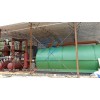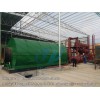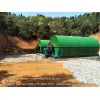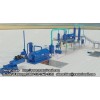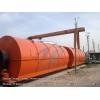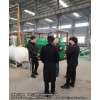
When heated in the absence of oxygen, the moisture in the plastic is first evaporated and then enter the pyrolysis process. In pyrolysis, C-C breaks with concomitant C-H bond cleavage. The polymer macromolecules in the waste plastic are completely cracked into a low relative molecular mass state or a monomer state, followed by the formation of small molecular hydrocarbons, when mixture of oil similar to crude oil is produced, that is crude oil.

Now, more than 381 million tonnes of plastic are produced in a year. According to relevant data, global plastic production is expected to increase by 3.8% per year by 2030. However, the recycling rate of waste plastics is low, and even in European countries with strict waste management strategies, only 31% of plastic waste is recycled. Moreover, plastics cannot be recycled indefinitely, and hard plastics can only be recycled several times before they become non-recyclable.

Consequently, plastic to oil is a promising development project that not only purifies the environment, but also develops new energy sources, making waste plastics a valuable industrial raw material and improving economic efficiency. Through several years of research on waste recycling, DOING has designed one waste plastic pyrolysis plant that can produce oil from waste plastic automatically. Have a interest in "plastic to oil" project, please contact us.
Related recommendation:
tyre recycling pyrolysis plant
tire pyrolysis process
how does tire pyrolysis work
plastic to oil machine cost
Inquiry:
Click here to get the latest price
Contact: Ms Bonnie
Phone: +86-371-5677 1821
Mobile/Wechat/Whatsapp:0086-135-2669-2320
Skype: bonniezhao2
Email: oilmachine@wastetireoil.com
http://www.wastetireoil.com


